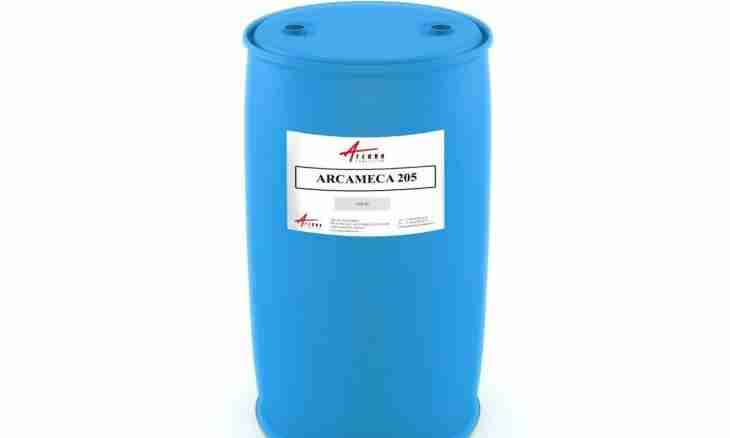Ethylene glycol - the diatomic alcohol belonging to the class of glycols. On the chemical properties it is very similar to one-atomic and triatomic alcohols. In some cases there is a need to distinguish it from other alcohols.
Instruction
1. To distinguish ethylene glycol, it is necessary to understand what represents this substance. It is the limit siropoobrazny diatomic alcohol belonging to the class of glycols. It is sweet on taste, but is poisonous. Its formula looks as follows: CH2OH-CH2OHKak and any organic matter, ethylene glycol has as well a structural formula which is represented in fig. 1. Receive this substance by an ethylene oxide hydration method in the presence of acids at a temperature of 190 - 200 °C.
2. On chemical and some physical properties ethylene glycol is similar to ethanol - substance, belonging to one-atomic group of alcohols. Even receive it in almost same ways, as ethanol. If to compare ethylene glycol to other diatomic alcohols, then it will turn out that on properties it too a little in what differ from them. However, there is a way of an otlicheniye of ethylene glycol from other alcohols. It is that attach hydroxide of copper (II) to the studied substance therefore if it turns out that it is ethylene glycol, it turns out bright blue glikolit: CH2OH-CH2OH+Cu(OH)2
3. Besides, ethylene glycol can be distinguished on boiling temperature. For example, ethanol boiling temperature - 78 °C, and ethylene glycol - 198 °C. At glycerin this parameter is 290 °C at all. Temperatures of melting of various alcohols also significantly differ.
4. Besides, ethylene glycol can be determined also by oxidation reaction. Unlike one-atomic alcohols, at glycols such reactions take place quicker and easier. During these reactions, aldehydes, carbonic acids and ketones are formed.
5. Ethylene glycol - very toxic agent. Its toxic action is directed to the central nervous system, internals and vessels. A lethal dose of ethylene glycol - 4 g/kg, and maximum-permissible concentration in air of the working area - 5 mg/m3. At the enterprises and in laboratories where work with this substance, it is necessary to carry out periodically measurement of its concentration in air.

